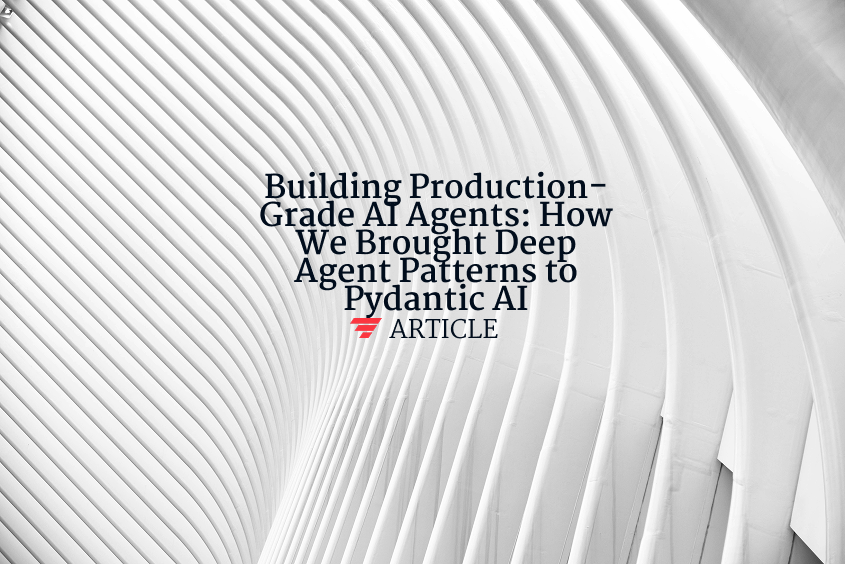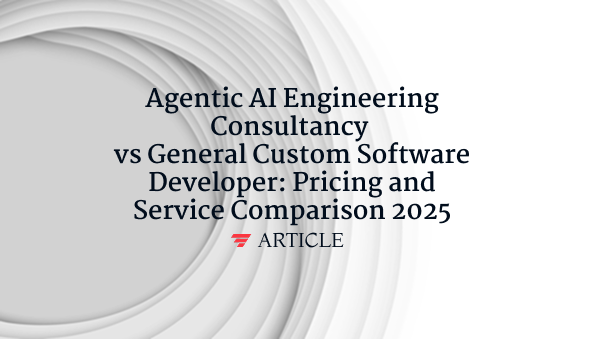Latency
Latency is the time delay between initiating a request and receiving the corresponding response in computational systems, measured in milliseconds or seconds. This metric encompasses multiple components including network transmission delays, processing time, queue waiting periods, and input/output operations. In AI systems, latency affects user experience and system responsiveness, with types including inference latency (model prediction time), network latency (data transmission delays), and end-to-end latency (total request-response cycle). Factors influencing latency include model complexity, hardware specifications, batch processing, caching strategies, and geographic distance between components. Optimization techniques involve model quantization, edge deployment, asynchronous processing, and load balancing. For AI agents, low latency enables real-time decision-making, responsive user interactions, and seamless workflow automation. Critical applications like autonomous vehicles, trading systems, and conversational AI require sub-second latency to maintain effectiveness and user satisfaction.
Want to learn how these AI concepts work in practice?
Understanding AI is one thing. Explore how we apply these AI principles to build scalable, agentic workflows that deliver real ROI and value for organizations.



